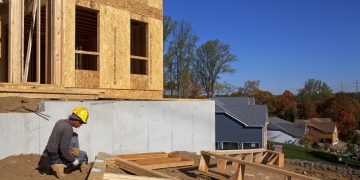
Editor’s Note: This story originally appeared on NewRetirement.
The tiny house movement may seem like a young millennial sort of thing, but it might just be an ideal solution for your retirement. That’s what a growing number of bloggers and retirement commentators seem to be noticing. In fact, about 40 percent of tiny houses are inhabited by older adults.
Living in a Tiny House — How Small Is Tiny?

According to the U.S. Census Bureau, the typical American home has been getting bigger and bigger. In 1973, the nationwide average house size was 1,660 square feet. In 2013, the average size had grown to 2,598 square feet.
Tiny houses are much much smaller than these averages. Tiny houses are not just small suburban bungalows as compared with McMansions. Tiny means very small — much smaller than average. In fact, some tiny homes are no larger than 100 square feet. That’s about the size of an average house’s master bathroom.
If you’re stuck thinking about how difficult it would be to live in your bathroom, step outside of that for just a moment. A tiny home doesn’t have to be that small. Many are closer to 400 or 500 square feet. However, that’s still less than a quarter of the size of a typical American home.
Think you could live in that amount of space? A lot of people do, and many of them would never go back.
Why Is Tiny Home Living Gaining in Popularity for Retirees?




























































